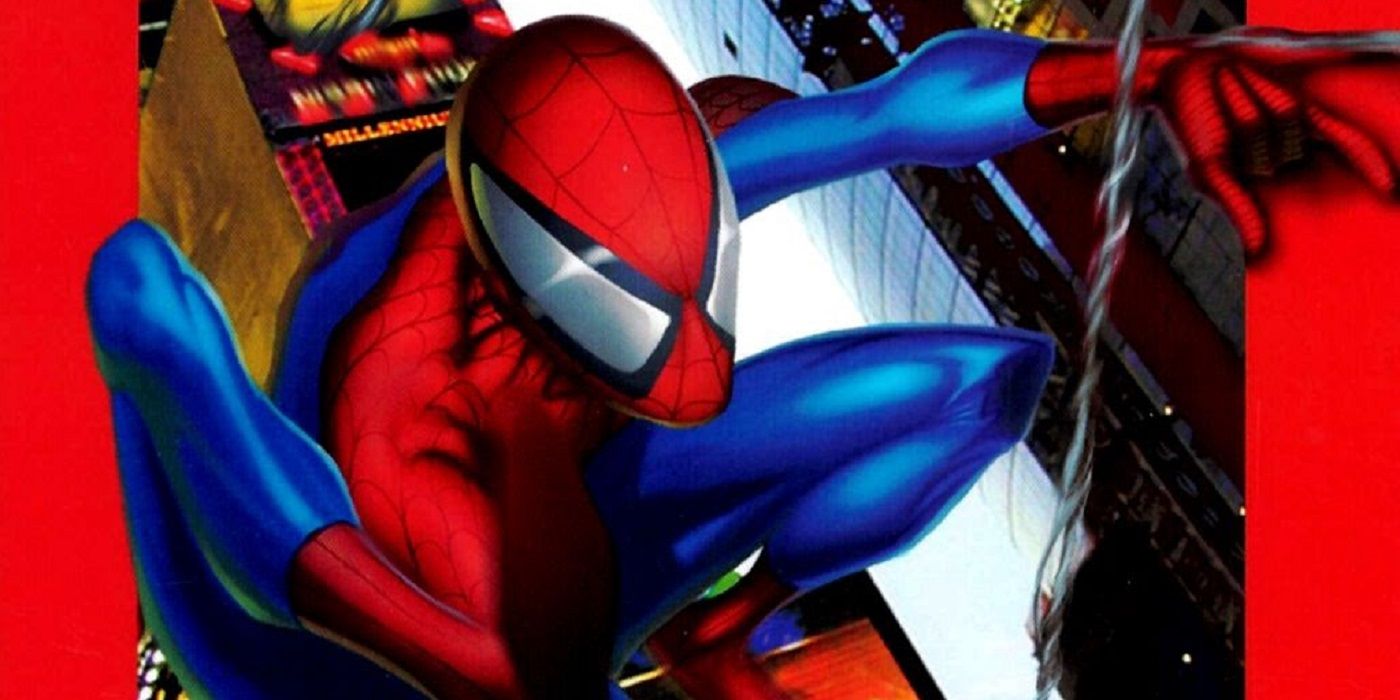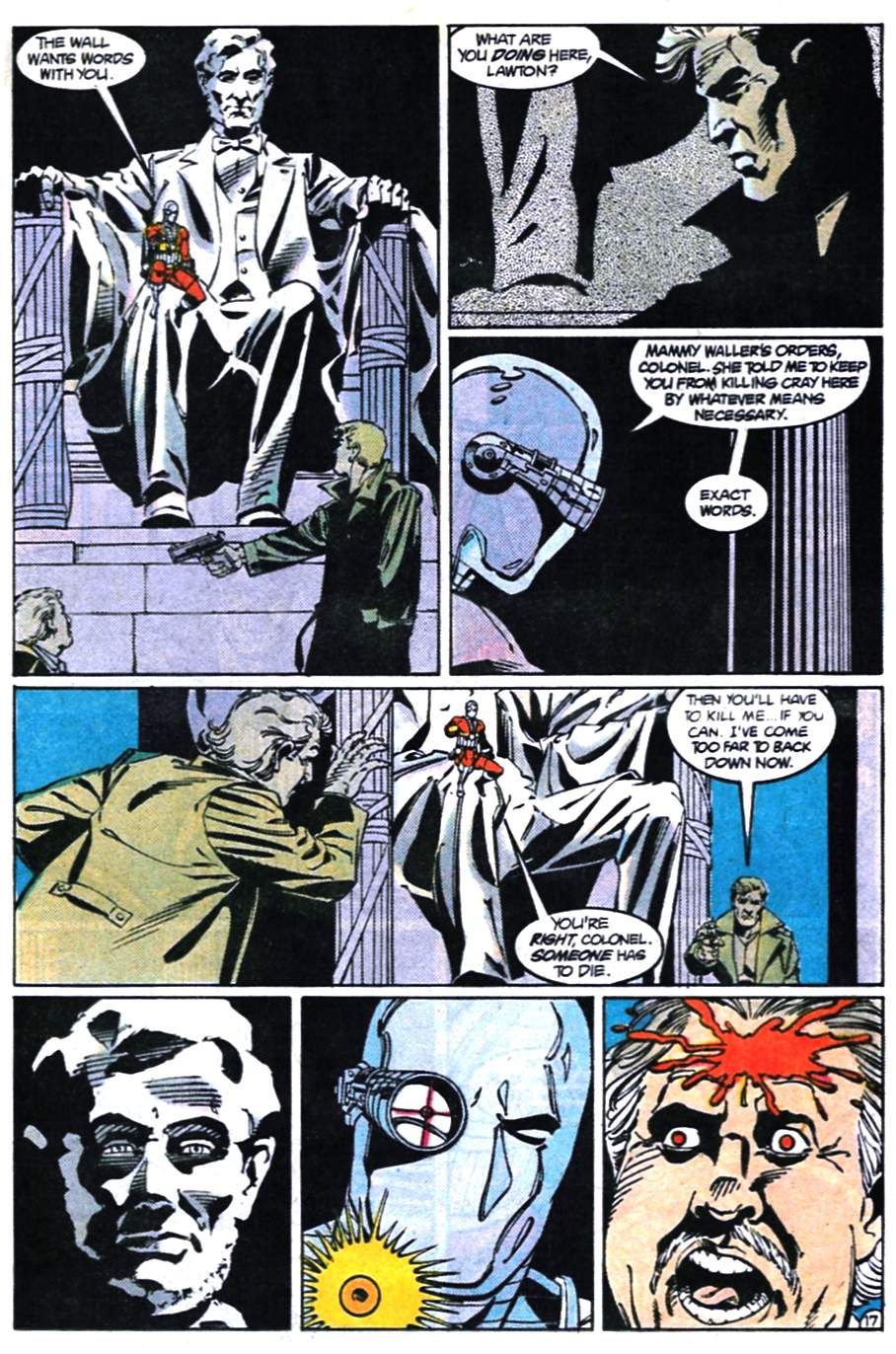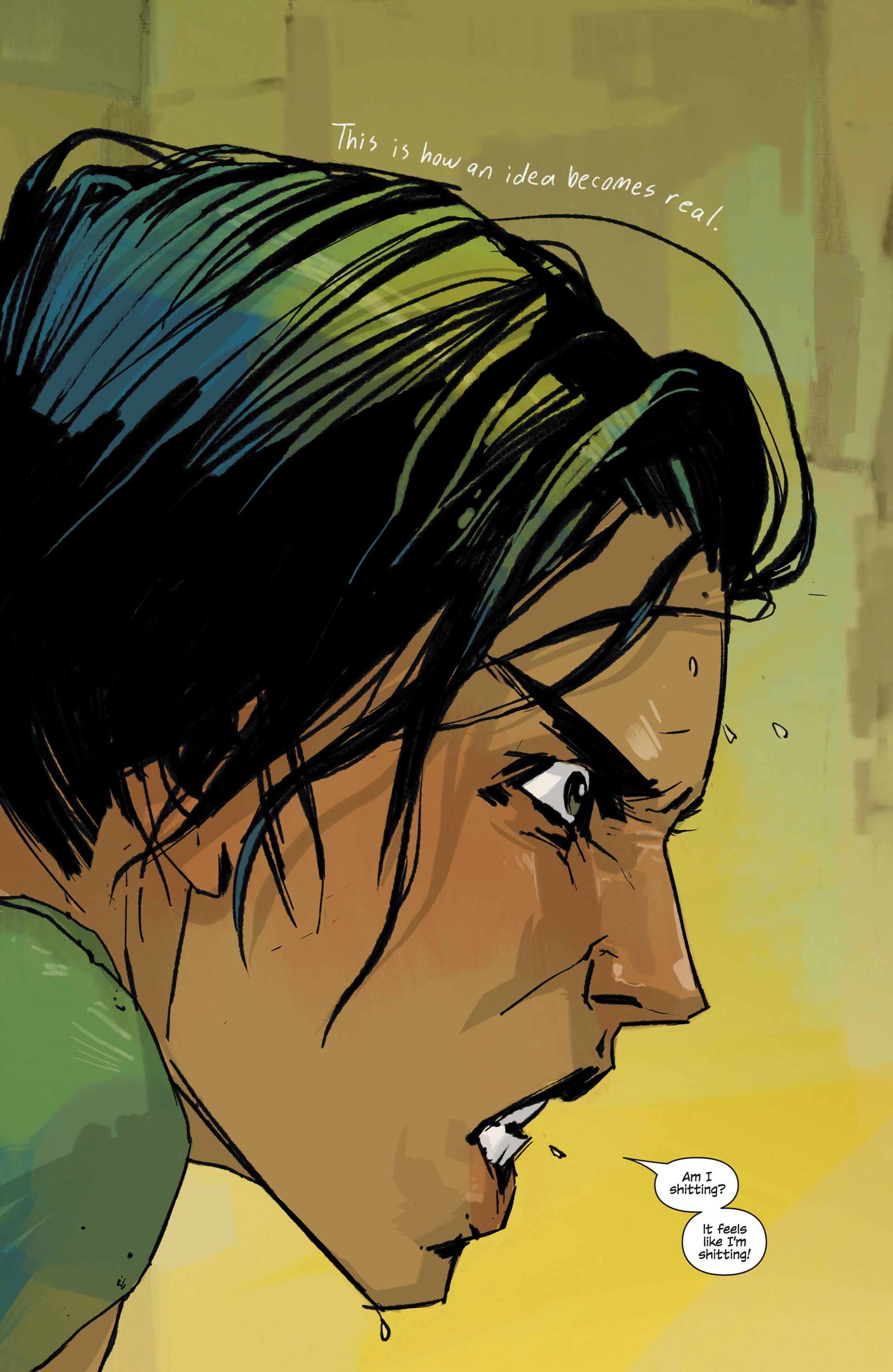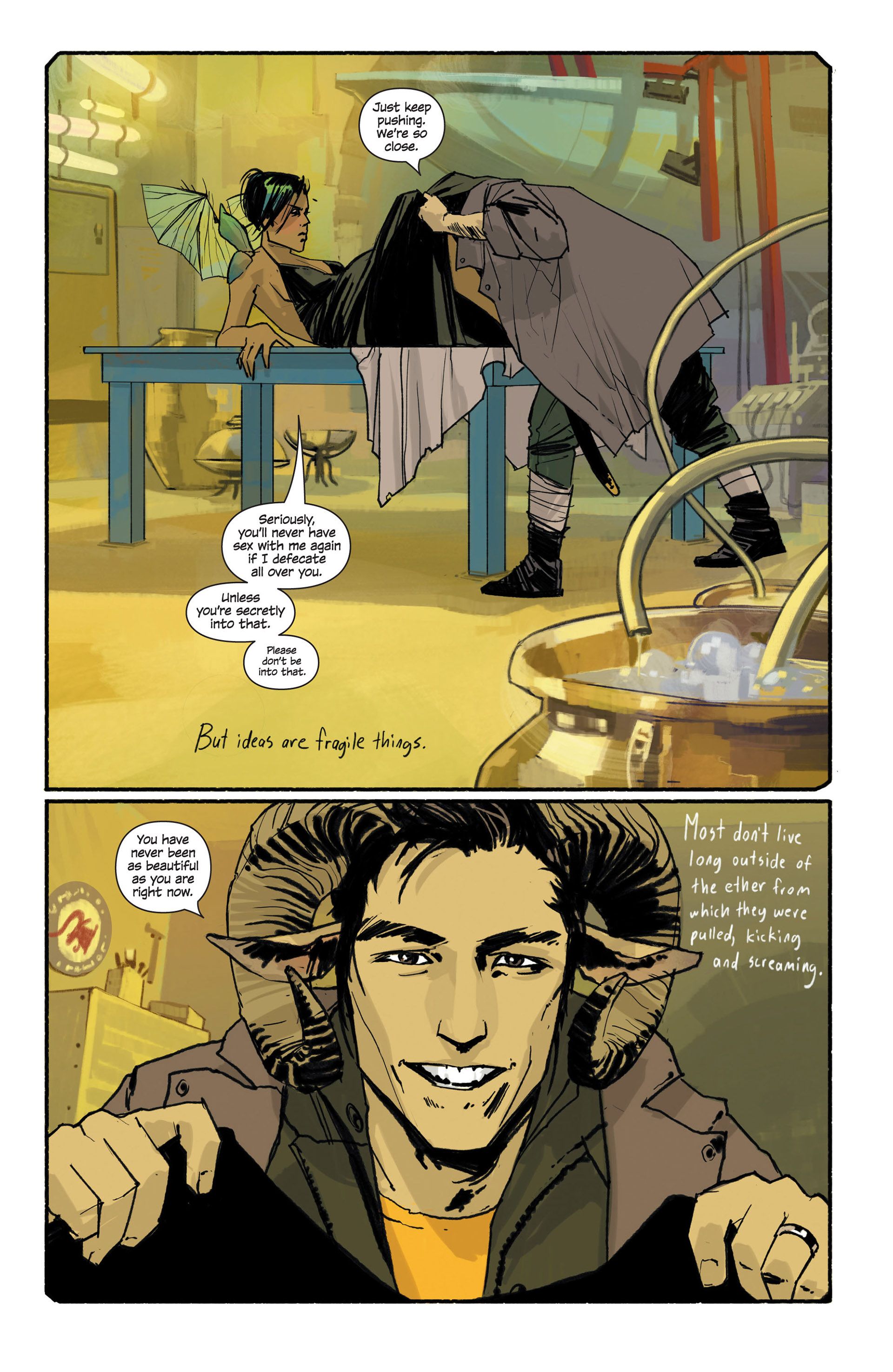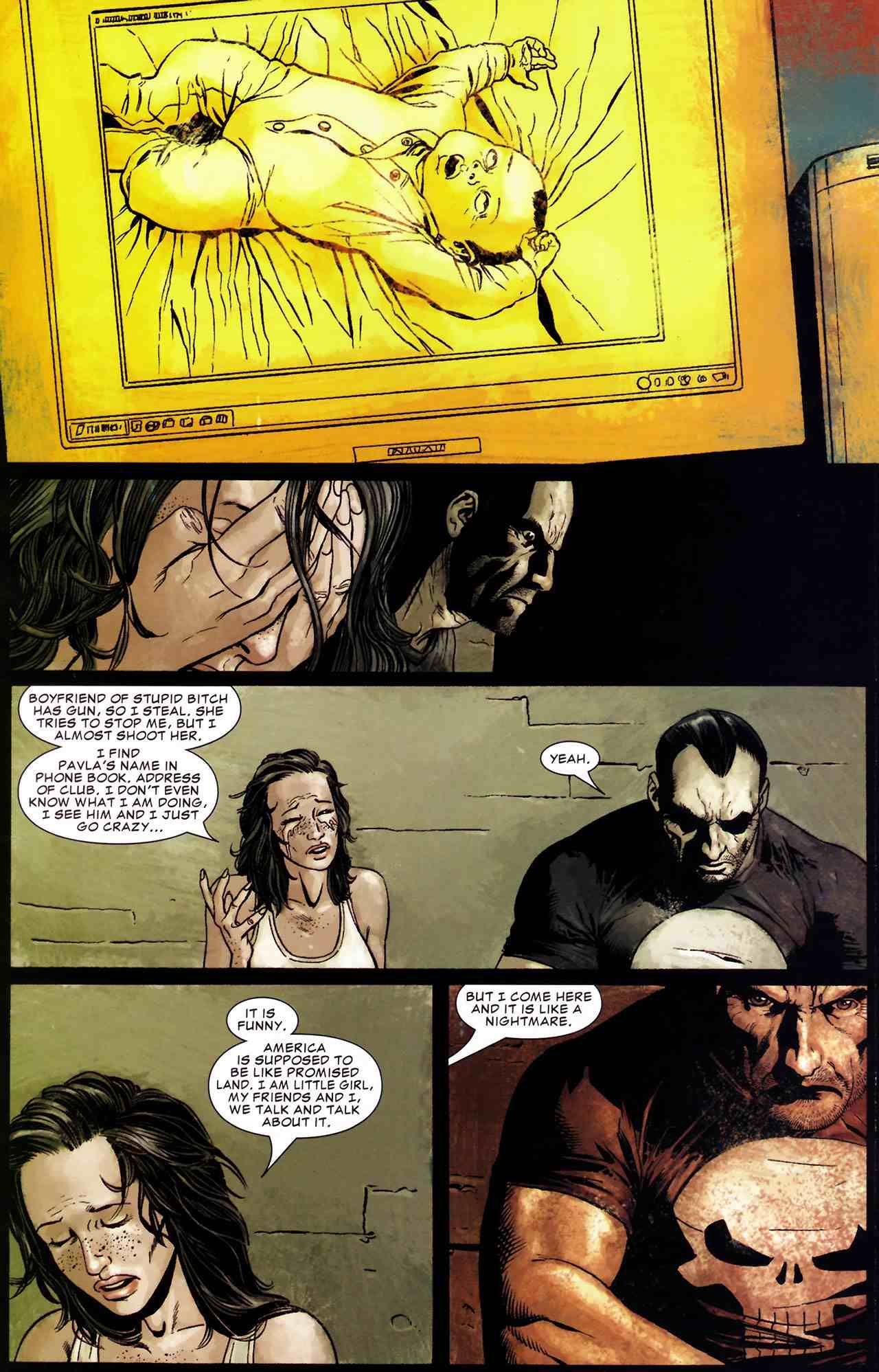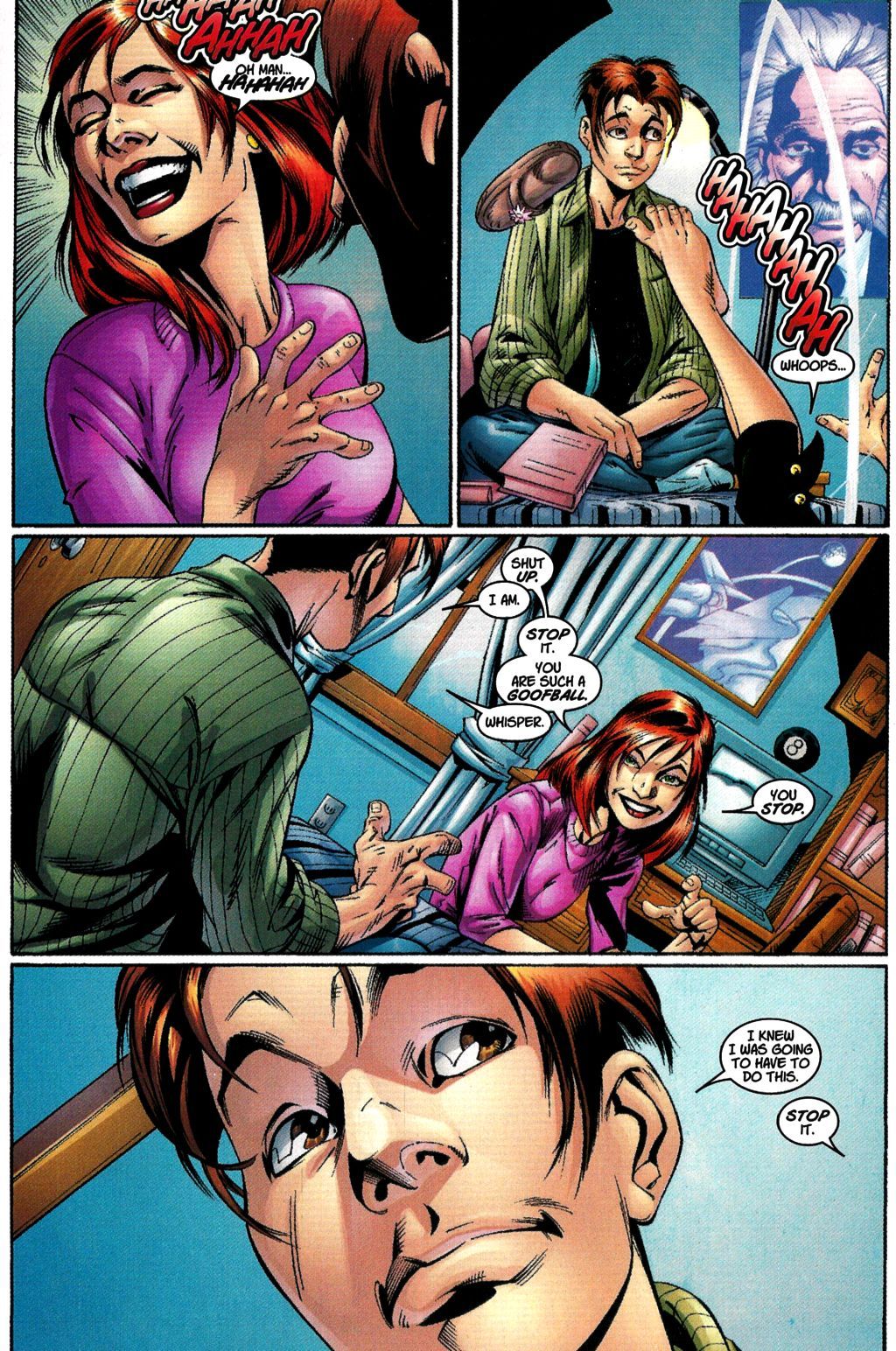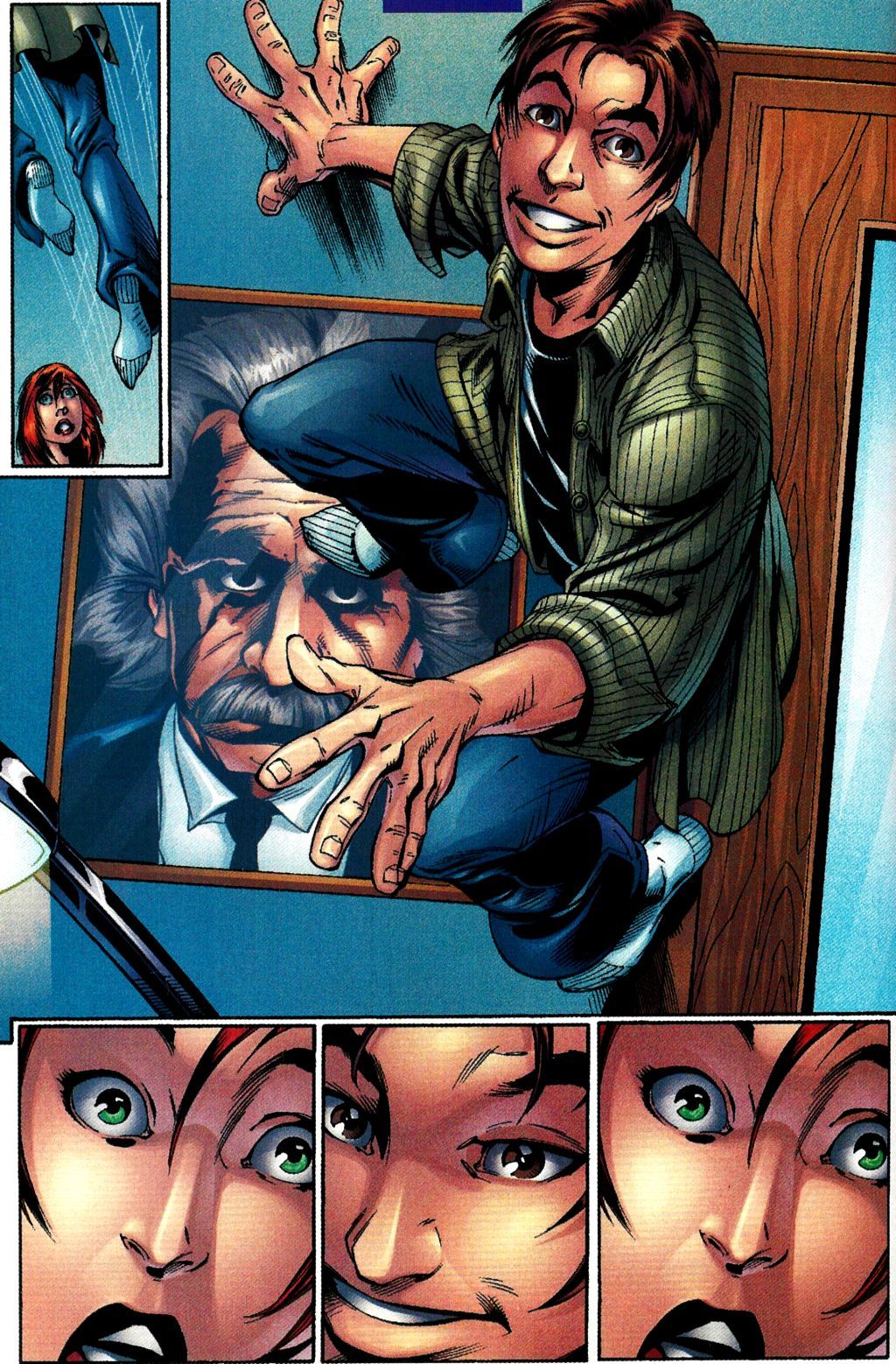You voted, and now, after over 1,000 ballots were cast (precisely three more ballots cast than four years ago), here are the results of your votes for your favorite comic book creator runs of all-time (this is the FOURTH time we've done this countdown. We're on an every four year schedule)! I'll try to post a new installment every day for the rest of the countdown.
To recap, you all sent in ballots ranking your favorite runs from #1 (10 points) to #10 (1 point). I added up all of the points and here we are!
36. John Ostrander's Suicide Squad – 399 points (2 first place votes)
Suicide Squad #1-66
Suicide Squad was a rare comic that stars mostly supervillain characters, although with some superhero characters mixed in, and it is quite impressive that it managed to last five whole years, and wow, what a good five years it was.
Based on an old comic series (which was a backup in Brave and the Bold in the late 50s) that was a lot like the Challengers of the Unknown, the Suicide Squad was a group of adventurers who had missions that one would term were, well, suicide missions.
When he joined DC in the late 80s, writer John Ostrander revamped the series as a Dirty Dozen-style comic, where a group of supervillains were given time off (or their freedom outright) if they would go on missions for the government.
The head of this group was a new creation, a middle-aged, stout black woman named Amanda Waller (the “Wall”), who was one of the most engrossing new characters that DC had at the time. Due to the fact that the members could easily die, membership in the Squad was always changing, although there were a few members who hung around for mostly the whole run, such as Captain Boomerang, Deadshot, and the heroic Bronze Tiger and Vixen.
The book had a lot of political storylines, and had a LOT of great action stories, but what the book is probably most remembered for is the character work that Ostrander did with these characters, who were such minor characters (or new ones, entirely) that he was able to do whatever he wanted with them, so he was able to make them, well, HUMAN – and it was such a great thing to see. He would routinely have “downtime” issues, where we would see the characters when they were NOT on missions.
Deadshot became a major character in the DC Universe thanks to Suicide Squad, even gaining his own mini-series. In one of the series most classic moments, Amanda Waller sends the Squad after rogue member Rick Flagg. She tells Deadshot to stop Flagg from killing a Senator by any means necessary. Let’s see how he took that instruction to mean…
The pencilers on the series were Luke McDonnell for the first half of the run, and Geoff Isherwood for the latter half of the run (with a number of fill-in artists, as well).
The book inspired a new Suicide Squad series in the New 52 and it led to a hit film (with an upcoming film more closely tied to Ostrander's run).
35. Brian K. Vaughan and Fiona Staples' Saga – 402 points (3 first place votes)
Saga #1-54 (ongoing)
I often say about Saga that you can pretty much tell if this is the book for you or not just by reading the first four pages of the first issue. Now, don't get me wrong, you can probably say that for a LOT of works, but I think it holds particularly true with Saga, as we are quickly introduced to the style of Fiona Staples, the narrative approach by Brian K. Vaughan and the basic idea that we have star-crossed lovers on the run and they just had a kid...
At its most basic level, Saga is about two people from warring worlds who fell in love and had a kid together and now must stay on the run ahead of the various forces sent to find them, but such a description pales to describe the vast collection of characters who really populate this title. Alana and Marko don't even need to be in any given issue for the story to still work really well, as Staples and Vaughan have populated this comic book universe with a wide assortment of fascinating protagonists and antagonists (and sometimes the protagonists become the antagonists and vice versa) that are trying to track down Alana and Marko for various purposes.
Prince Robot IV (of a planet of robots), The Will and the Brand (brother and sister bounty hunters), Gwendolyn (a former fiancee of Marko) and the tabloid journalists Upsher and Doff are just the most prominent of the intriguing (and well-designed) characters who also starred in this series.
The series has more twists and turns than a roller coaster ride, and alliances change and evolve from arc to arc. Also, Vaughan and Staples sometimes shockingly kill off characters. The series just hit its halfway point with #54. They're on an extended hiatus before they return to finish out the rest of the series.
34. Garth Ennis' Punisher - 405 points (4 first place votes)
Punisher #1-12, Punisher #1-6, 13-37, The Punisher(MAX) #1-60 plus Punisher: Born #1-4 and a bunch of one-shots
As famous as the Punisher is, do note that when Garth Ennis took over the character, Marvel was not even PUBLISHING a "Punisher" comic, and the last revival attempt involved the Punisher working as an Avenging Angel for Heaven fighting against demons with supernatural weapons.
So Garth Ennis was taking on a bit of a challenge when he and fellow Preacher creator, Steve Dillon, took on the character in 2000 with an initial 12-issue mini-series, “Welcome Back, Frank,” which quickly dispensed of the Angel approach, instead bringing a dark sense of humor to the comic. The result was a sales success, and Ennis and Dillon (and later a series of other artists, including Ennis’ fellow Hitman creator, John McCrea) continued the humorous approach on a Punisher ongoing series, with diminishing results, until the series ended after 37 issues. Then Ennis’ greatest work with the character began, with the creation of The Punisher, a serious look at the character, which (since it is a MAX title, or otherwise, an R-Rated comic) included a great deal of graphic violence and graphic language, but also a great deal of stunning character work (with new supporting characters added to the cast), engaging storylines, and a rich connected story that really reads like one big sixty issue story.
It is a fascinating, and powerful work.
The artwork for the series was by a few different artists, but mostly Leandro Fernandez and Goran Parlov.
Here’s a page from perhaps the most acclaimed of Ennis’ Punisher MAX stories, "The Slavers," where the Punisher stumbles upon a slave ring, and as Ennis did throughout his MAX series, since Frank Castle is almost devoid of characterization (he’s basically a killing machine), Ennis goes into DEEP characterization on everyone else in the book, including the slave who brings everything to the Punisher’s attention, the social worker who tried desperately to use the system to help this girl to no avail, the slave ring leader and the son of the slave ring leader (imagine the kind of daddy issues you would have if you ran a freakin’ slave ring with your psychotic DAD), plus some cops who look to use the Punisher for PR purposes. A dramatic scene in the story is when the young woman who started everything, Viorica, explains how it all went down.
As you might imagine, the Punisher kills all of the bad guys in violent (sometimes poetic) ways. However, like a broken mirror taped back together, Viorica is never the same, which Ennis and artist Leandro Fernandez make a point of in the end of the sad, dark tale.
33. Brian Michael Bendis' Ultimate Spider-Man – 424 points (4 first place votes)
Ultimate Spider-Man #1-133 (plus a #1/2 issue), Ultimate Comics Spider-Man #1-15, Ultimate Spider-Man #150-160
Last time I lumped in Miles Morales into this listing, but people were mostly specific in their votes (Bendis' Miles Morales work did well, as well, but not in the Top 100), so I'm doing this one by itself.
While it seems like such an obvious idea now, when Ultimate Spider-Man came out, very few people gave it a chance, thinking it was just another revamp of Spider-Man for kids, which had been tried before, and flopped. So it was with some great surprise that Ultimate Spider-Man not only became a hit, but it was the highest selling Spider-Man title for quite awhile (until JMS took over Amazing Spider-Man, I believe).
The key to the book was writer Brian Michael Bendis’ ability to depict the humanity of both Peter Parker and the characters around him, in this Spider-Man reboot that started over from scratch, and left Peter a perennial teenager.
One of the earliest major changes was the way that Bendis stretched out the origin of Spider-Man. By giving us more scenes with Uncle Ben, his death is that much more tragic.
Another major change in the comic was Mary Jane Watson. In the original series, it was almost three years before Mary Jane showed up – here, she not only shows up right away, but she is completely different from the MJ from the 60s, as this MJ is almost as brainy as Peter. In a landmark early issue of the series, Bendis has Peter reveal his identity to Mary Jane in an issue that is made up of pretty much just the two teens talking to each other in Peter’s room, with Peter telling her that he is Spider-Man and she doesn't believe him at first…
Throughout the series, Bendis introduced new versions of classic Spider-Man villains, as well as different versions of supporting characters, like Ben Urich, J. Jonah Jameson and Aunt May.
Aiding Bendis during his initial run was Mark Bagley, who already had had a substantial tenure as the artist on Amazing Spider-Man, so Bagley was only going to do the first story arc, almost as a favor – instead, he ended up doing 110 issues!! Not only did he do 110 issues, but that was with the book releasing about 18 issues a year, as opposed to the standard 12. The consistency that Bagley gave the title was also a great boon to the title.
A few years into the run, Bendis shook up the title by adding Kitty Pryde to the cast as Peter’s new girlfriend (as Peter feels his life is too dangerous for a normal girl like Mary Jane), which was a brilliant move by Bendis.
After Bagley left the title, Stuart Immonen drew the title until it ended with #133. At this point, the series relaunched as Ultimate Comics Spider-Man with artist David LaFuente. This new series was almost more of a team book, as Spider-Man’s teen friends (including superheroes Human Torch, Iceman and Kitty Pryde and his two best friends, Gwen Stacy and Mary Jane Watson) became just as important to the title as Peter Parker himself.
Eventually, Bagley returned to the title as Bendis brought the life of Peter Parker to a close with the tragic ending to the series, the Death of Spider-Man.
Bendis then introduced a new Spider-Man with Miles Morales, a young teenager who was bitten by another genetically enhanced spider like the one that bit Peter Parker. Because it was a different spider, Miles' has slightly different powers, including a powerful venom blast.

